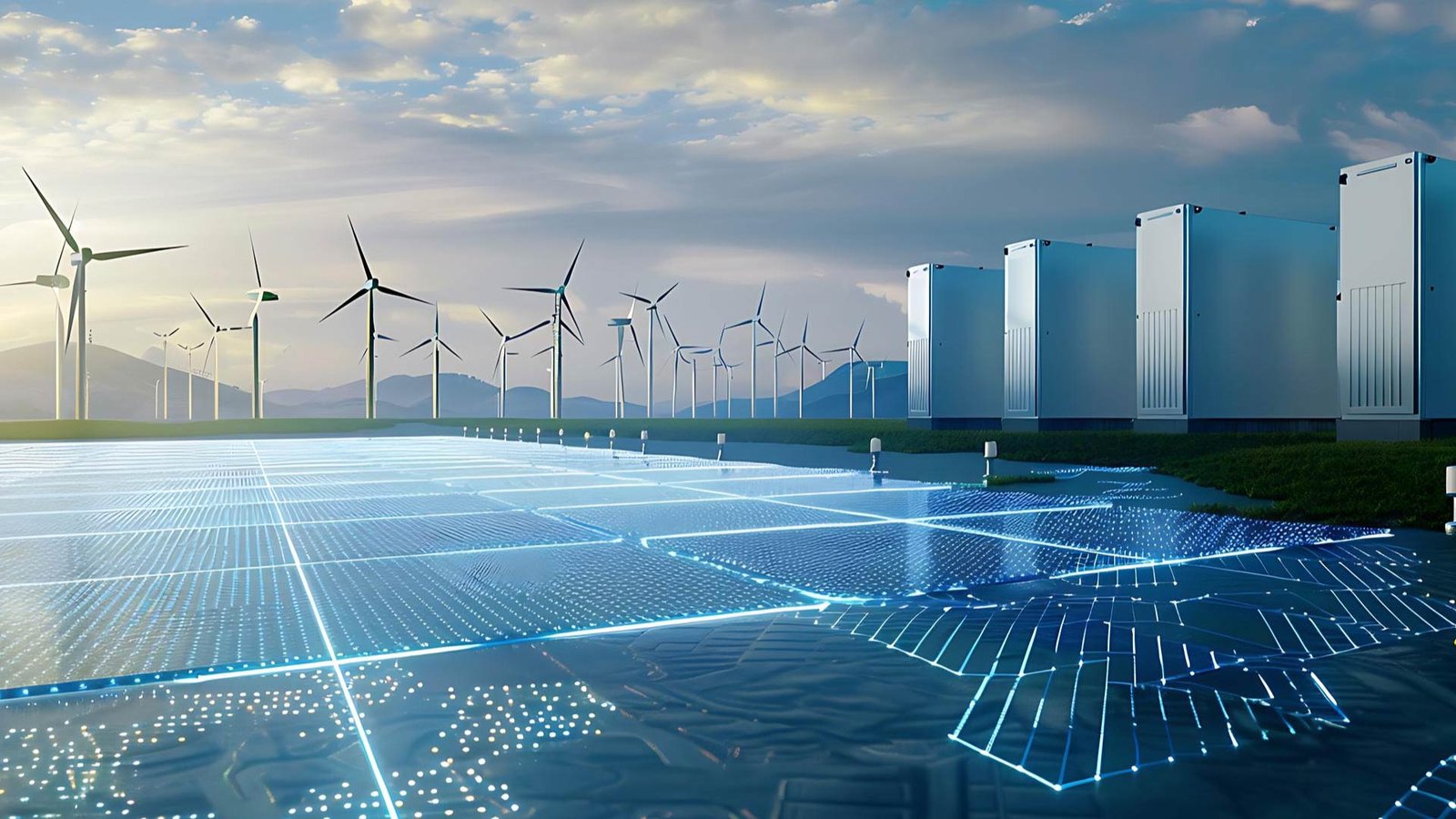From blackout prevention to energy equity, smart grids are the new power brokers of global energy.
Over several decades, energy delivery systems were based on centralized networks that supported determinable demand and generation that focused on fossil fuels. This model is being crippled by the load of electrification, unprecedented climate shocks, and an onrush of online demand. The transformation of global energy networks into technologically advanced and efficient networks has come in the form of smart grids. Their integration is transforming energy distribution systems, such that agility, resilience, and efficiency at scale that seemed unrealistic before are attainable.
There is a very obvious question for the C-suits: can their legacy system stand up, or is it a survival living with an intelligent connected grid?
Table of Contents:
Why Grid Intelligence Is No Longer Optional
Decentralization or Chaos
Localized or Globalized Energy
Data-Driven Infrastructure Faces New Threats
Will Energy Transformation Leave People Behind
Strategy Must Lead Innovation
Smart Grids Are Not Just Smarter, They Are Existential
Why Grid Intelligence Is No Longer Optional
The energy issue has become a matter of information. The next generation of smart grids utilises AI, IoT sensors, and real-time data analysis to anticipate demand, avoid overload, and react in real time to anomalies. Smart grids have already proven useful in changing energy networks and making energy delivery more efficient a lowered number of outages, swifter recognition of faults, and better incorporation of renewables.
By the year 2025, grid intelligence will cease to be a competitive advantage, but an operational must-have. Energy lost by utilities utilizing predictive analytics has been reported to be reduced by up to 20 percent, and their customer reliability indicators have improved significantly. The thing is, a data-driven grid does not simply keep the lights on; it coordinates energy flows like surgery.
Decentralization or Chaos
The stampede to decentralized generation comes with resilience, but fragmentation with no coordination comes with risk. Two new types of energy resources, distributed across rooftops and developed through microgrids, can boost or dismantle a network. The smart grids combine all these heterogeneous entities to form unified, smart networks that are strengthening energy networks all around the world.
It is all about dynamic orchestration: connects millions of endpoints in an auto-healing, dynamically adapting ecosystem. Otherwise, decentralization has the danger of exchanging one vulnerability with another.
Localized or Globalized Energy
Through smart grids, countries are in a position to strive to achieve energy sovereignty, as well as achieve never-before-seen types of cross-border cooperation. New energy distribution systems in the world are both strongly interconnected, adaptable, and technology-cemented in nature.
In the future, interoperability standards are going to dictate the path. The sharing of energy among continents will be achievable, with common standards of data transfer and grid management modes by 2030. The strategic question then gives a different thinking that does not focus on whether to be connected, but how to be involved in determining the role of smart grids in the modernization of energy networks globally as an executive.
Data-Driven Infrastructure Faces New Threats
There is exposure with insight. Smart grids are built upon digital twins, sensors, and real-time data pipes, which exponentially increase the attack surface. The added resilience provided by the same connectivity introduces possibilities of advanced cyber threats.
Market-leading companies are already protecting their networks with Zero Trust architecture, quantum-resistant encryption that preserves privacy, and AI-powered anomaly detection. However, preparedness is still lopsided. Securing the modernized Global Energy Networks not only needs investment in technology but also the talent and governance.
Will Energy Transformation Leave People Behind
The smart grids are touted to bring cleaner and efficient energy, yet the gains will likely be focused in those areas that have money. The less developed markets and rural communities commonly suffer in investment in infrastructure, and the resulting gaps in equity need to be filled by the implementation of the smart grid.
This divide can be closed with the help of public-private partnerships. Here, the stakeholders can maintain the benefits of the smart grids, such as efficiency, resilience, and cost-effectiveness, and prevent them from falling into the hands of the privileged few.
Strategy Must Lead Innovation
Technology is not sufficient to bring change. Implementation of the smart grid requires board-level strategic management. Effective leaders make it a portfolio priority or a fine balance between short-term operational profits and long-term system stability.
The key strategic levers are the following:
- Priorities within the field of investment were placed on interoperability and cybersecurity
- Monetizing Data operations by converting operational knowledge into profit-making
- The resilience planning to protect against physical and digital disruption
Executives can leverage technological inevitability and make it their competitive advantage by basing smart grid initiatives on larger business strategies.
Smart Grids Are Not Just Smarter, They Are Existential
The implementation of the smart grids is no longer an experiment. This is its spine in transforming energy networks globally and enhancing efficiency. Stalling will be costly as electrification quickens and climate requirements become more urgent.
Those leaders who have adopted the concept of smart grids as an imperative, both operationally and strategically, will define the future of global energy distribution. What happens to the rest is that they wait on the sidelines and watch the grids of yesteryear go the way of the networks of tomorrow.
Discover the latest trends and insights—explore the Business Insights Journal for up-to-date strategies and industry breakthroughs!

